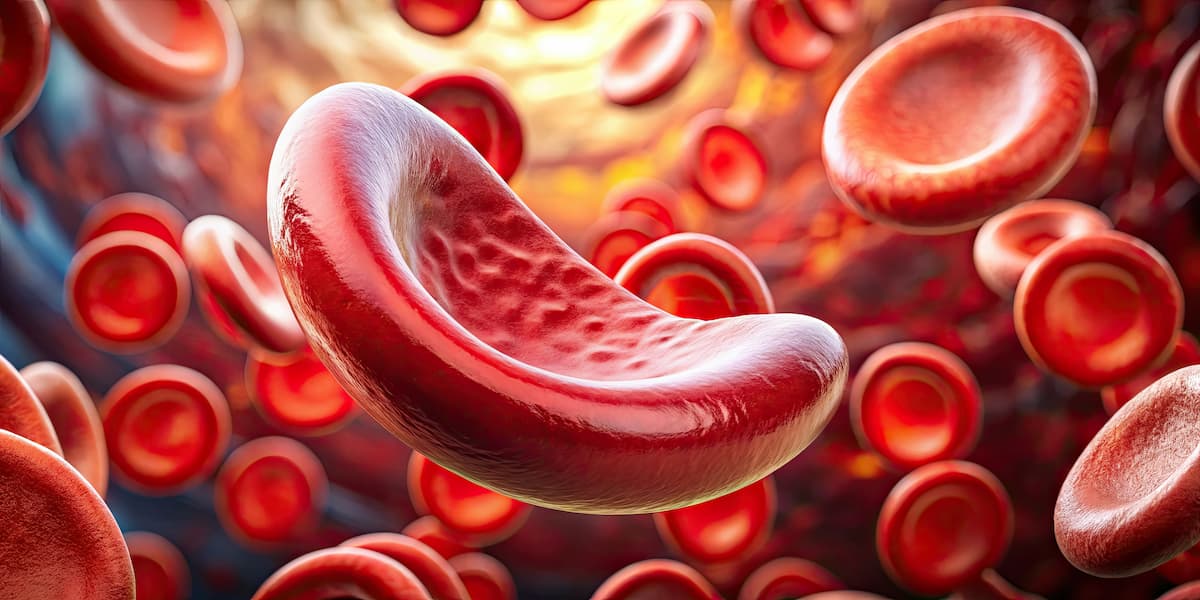Article
Keeping Up with the Cannabinoids
Keeping up with synthetic cannabinoid substances requires an equal mix of knowing the facts and unraveling the myths.
Keeping up with synthetic cannabinoid substances requires an equal mix of knowing the facts and unraveling the myths.
In many ways, it is a losing battle because we are often a step behind. Once a pharmacist understands one synthetic cannabinoid compound, a different one emerges.
When patients enter the emergency department after using one of the many different products containing these substances, clinicians must know as much as possible in order to provide the best care. Fortunately, a group from the University of Mississippi Medical Center recently wrote a fantastic article outlining 10 facts health care providers need to know about synthetic cannabinoids.
While illegal synthetic cannabinoids bind strongly with cannabinoid receptors, they have activity on other central nervous system sites that are not fully elucidated. These diverse receptor relationships produce unpredictable effects in humans.
Symptoms can range from euphoria (the desired endpoint for many users), to emesis, to tachyarrhythmias, to hypertension, to severe agitation, to hyperthermia, to rhabdomyolysis. Even severe life-threatening adverse reactions like myocardial infarction, respiratory depression, and sudden death have occurred.
Despite the Synthetic Drug Abuse Prevention Act of 2012 deeming 15 synthetic compounds illegal, drug producers often circumvent these laws by slightly changing the substances’ chemical structure.
Drug producers have been using this strategy since the abduction of research chemicals from facilities that use synthetic cannabinoid ancestor compounds for legitimate research. In doing so, the substance remains largely uncharacterized in the legal system, but the impact of the changes to the chemical structure on the human body is not known.
The ever-changing characteristics of the synthetic cannabinoid structure renders its detection difficult. Thus, it is an attractive alternative for many individuals seeking a drug like marijuana without the risks of a positive drug screen.
This population is not limited to young individuals; rather, it encompasses a wide spectrum ranging from professional athletes, to military personnel, to professionals employed by organizations that regularly screen for illicit drugs, including many hospitals and health care organizations. Therefore, limiting suspicion to the stereotypical drug abuser may overlook those who have likely ingested synthetic cannabinoid compounds.
The key to effectively managing these patients is provider education.
Providing supportive care for adverse symptoms and conducting complete medication histories and physicals are cornerstones of appropriate care. Recognizing the ever-changing synthetic cannabinoid dilemma, including its complexities and known facts, can put pharmacists in a position to provide guidance to other care providers of these patients.
Reference
Kemp A, et al. Top 10 facts you should know. Synthetic cannabinoids: not so nice spice. J Miss State Med Assoc. 2015 May;56(5):125-127.





